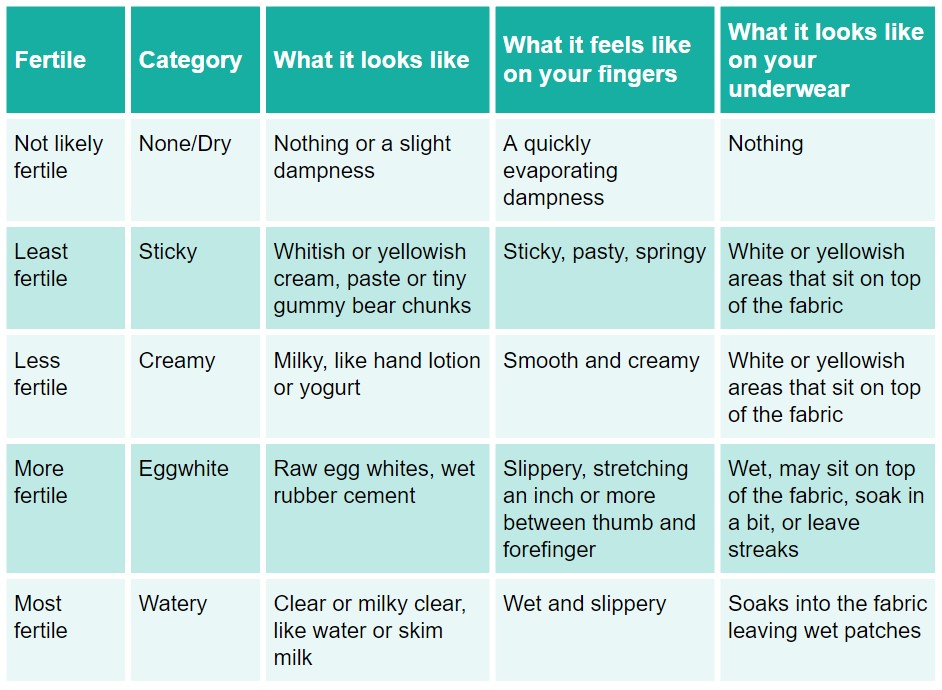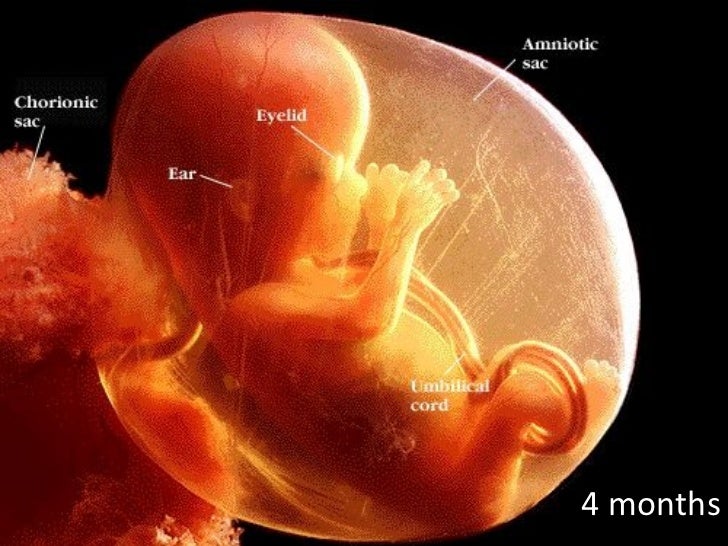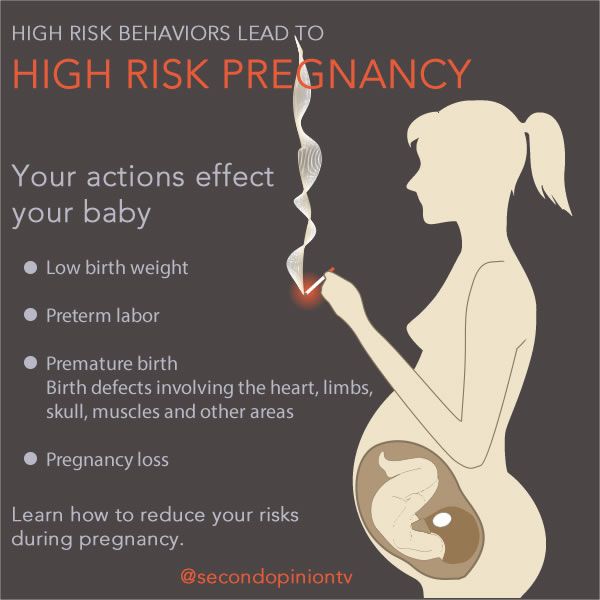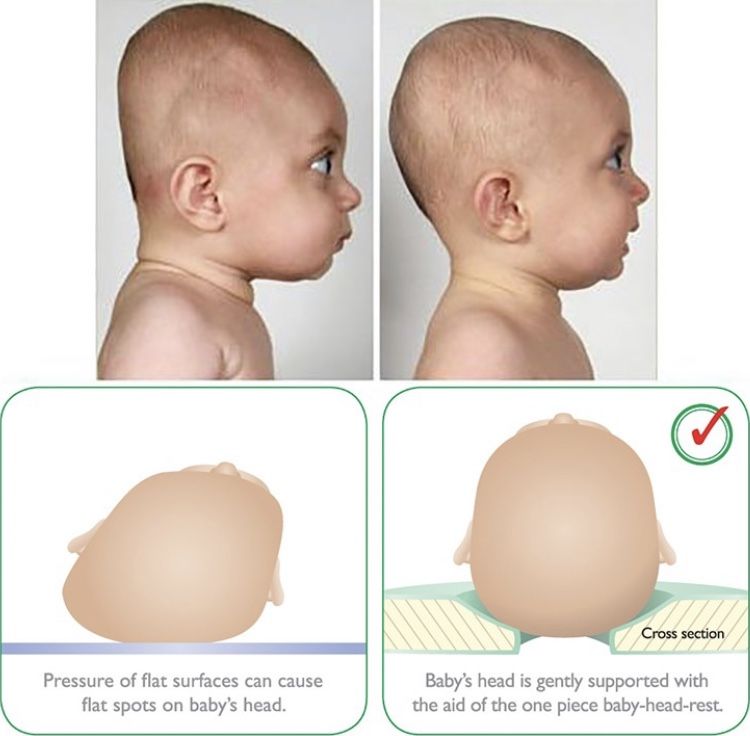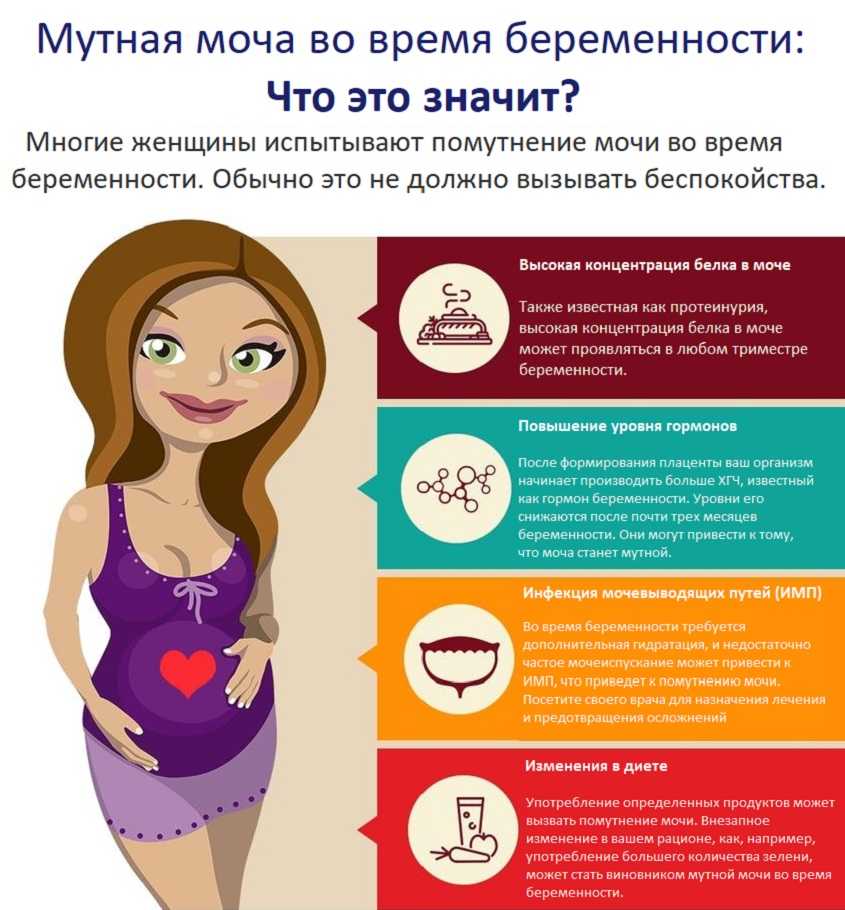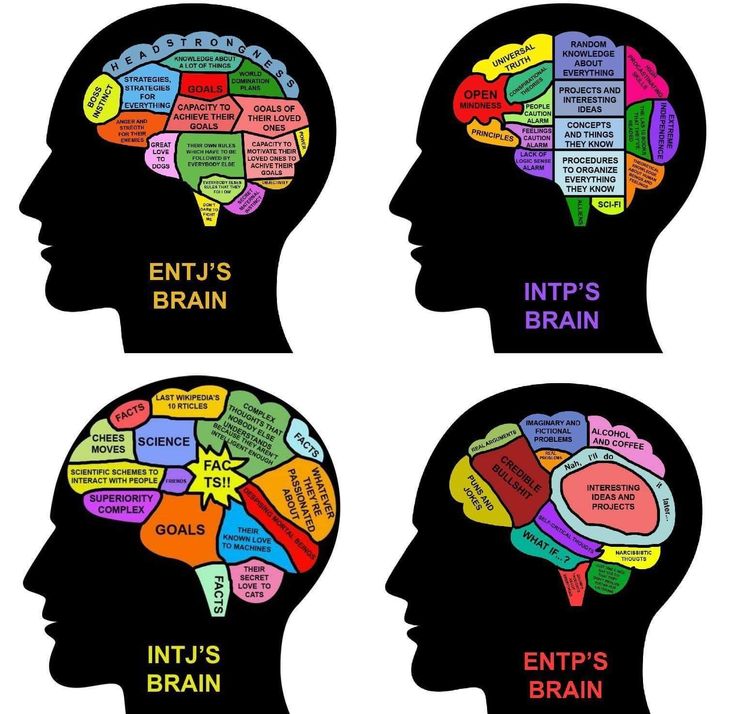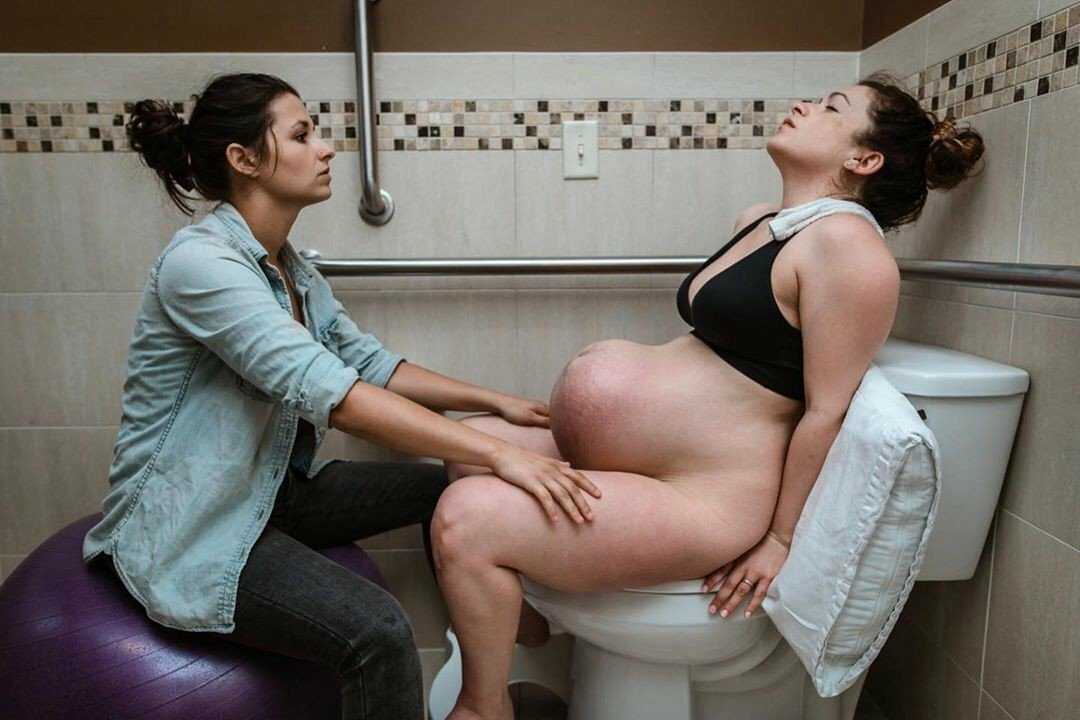When does one ovulate
Right Time For Sex , When Do You Ovulate ?
When are you more likely to conceive?
We’re talking about the 'fertile window’ – the days in a woman’s menstrual cycle when pregnancy is possible. The ‘fertile window’ depends on the length of the menstrual cycle, which varies among women.
The ‘fertile window’ is the day an egg is released from the ovary (ovulation) and the five days beforehand. Having sex (intercourse) during this time gives you the best chance of getting pregnant.
Ovulation Calculator
What day did you your most recent period start?
Number of days in your cycle Please select20 Days21 Days22 Days23 Days24 Days25 Days26 Days27 Days28 Days29 Days30 Days31 Days32 Days33 Days34 Days35 Days36 Days37 Days38 Days39 Days40 Days41 Days42 Days43 Days44 Days45 Days
Your ovulation day
Most fertile time
-
What is an ovulation calculator and how does it help you get pregnant?
This ovulation calculator or ovulation calendar can help you work out your most fertile time.
These are the days you are most likely to get pregnant.
It can also estimate your due date if you do become pregnant during your next fertile days.
Others ways to help you work out when you're ovulating:
- Notice changes in vaginal mucus
A few days before ovulation, you may notice your vaginal mucus becomes clear, slick and slippery, and feels a bit like egg white.
This is a sign that ovulation is about to happen. It’s the best time to have sex, as sperm travel more easily in this kind of mucus.
- Use an ovulation predictor kit
You can use a predictor kit from a supermarket or pharmacy, to test your urine for signs of ovulation. If you start testing your urine a few days before the day you next expect to ovulate, a positive result means you are going to ovulate within the next 24 to 36 hours (one to two days).
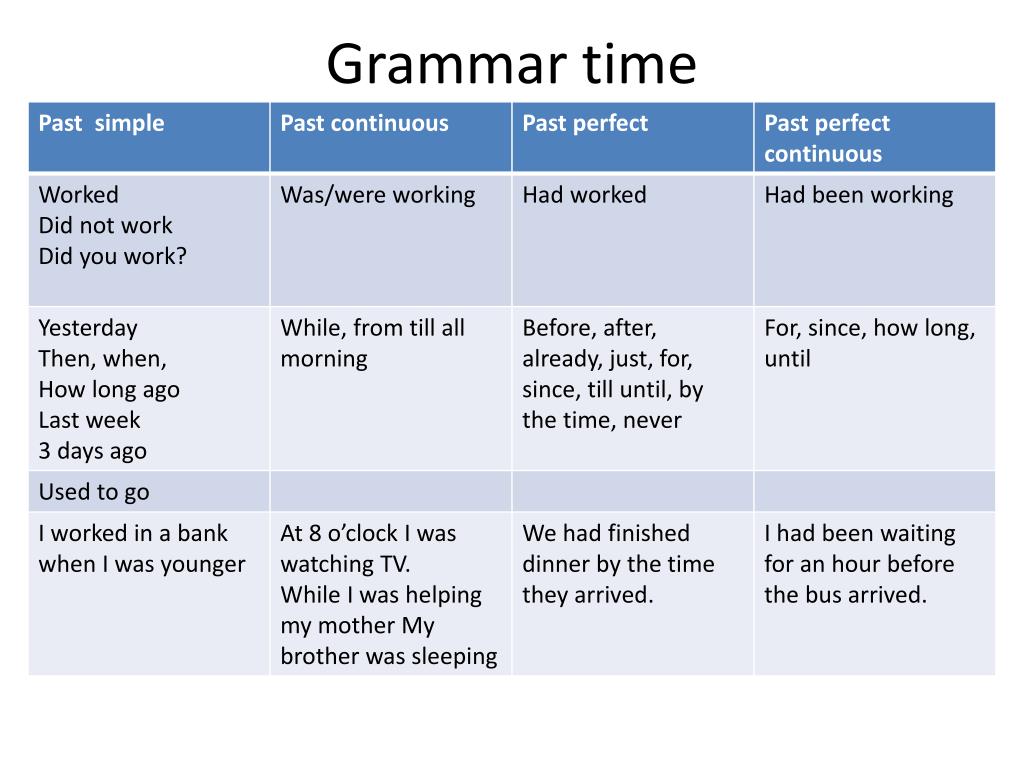
-
Facts about timing
Ovulation is when a mature egg is released from the ovary. The egg then moves down the fallopian tube where it can be fertilised. If sperm are in the fallopian tube when the egg is released, there is a good chance that the egg will be fertilised, creating an embryo, which can grow into a baby.
Pregnancy is technically only possible if you have sex during the five days before ovulation or on the day of ovulation. But the most fertile days are the three days leading up to and including ovulation. Having sex during this time gives you the best chance of getting pregnant.
By 12-24 hours after ovulation, a woman is no longer able to get pregnant during that menstrual cycle because the egg is no longer in the fallopian tube.
There’s almost no chance of getting pregnant if you have sex before or after the fertile window (but if you’re not trying to get pregnant, don’t rely on this – contraception is your best option!).
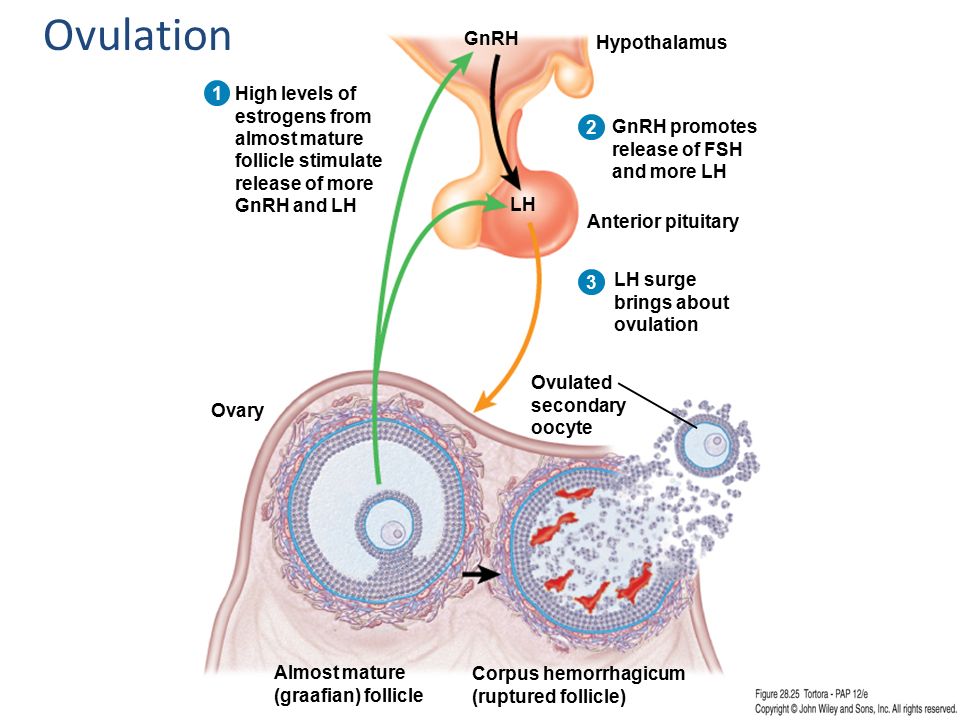
-
How to know when you’re ovulating
Knowing when you ovulate can help you plan for sex at the right time and improve your chance of getting pregnant. You can keep track of your menstrual cycles on a chart, in a diary, or on a free period-tracker app on your smartphone.
To work out the length of your menstrual cycle, record the first day you start bleeding (first day of your period). This is day 1. The last day of your cycle is the day before your next period begins.
- What is a ‘menstrual cycle’ and a ‘period’?
Some people think the ‘menstrual cycle’ and a ‘period’ are the same thing.
A period is when you bleed (or menstruate).

A menstrual cycle starts on the day when a period starts (day 1) and ends the day before the next period. A cycle’s length is considered normal if it’s between 21 and 35 days. They can vary between women and from one cycle to the next.
- Working out your ‘average’ menstrual cycle length
If your menstrual cycles are different lengths (most women’s cycles are) you can work out your average cycle length.
The number of days in a woman’s menstrual cycle can vary month to month. Periods are not always regular. It can be useful to work out an ‘average’ cycle length, based on the length of three menstrual cycles, to estimate when you’re most likely to be ovulating.
If you add the number of days in three cycles and divide the total number by three, it gives you your average cycle length.
Example
Sarah tracked her last three menstrual cycles by counting the time from the first day of one period, to the day before the next period.
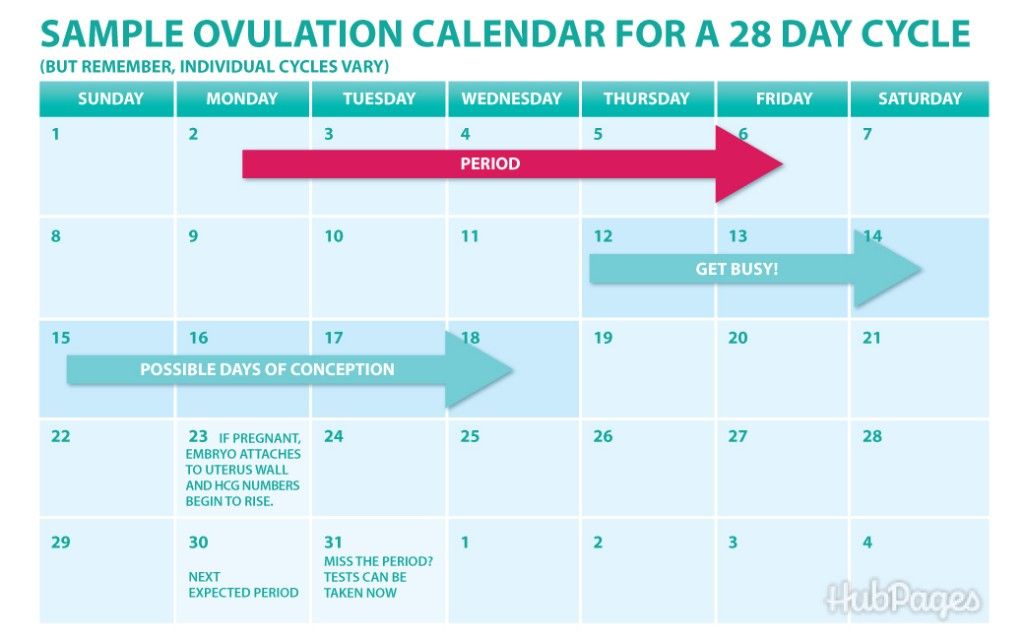
Cycle 1 was 28 days; Cycle 2 was 32 days; Cycle 3 was 27 days
28 + 32 + 27 = 87
87 divided by 3 = 29
So the average length of Sarah’s menstrual cycles is 29 days.
- Working out your most fertile days
When you know your average menstrual cycle length, you can work out when you ovulate.
Ovulation happens about 14 days before your period starts.
- If your average menstrual cycle is 28 days, you ovulate around day 14, and your most fertile days are days 12, 13 and 14.
- If your average menstrual cycle is 35 days ovulation happens around day 21 and your most fertile days are days 19,20 and 21.
- If you have shorter cycles, say 21 days, ovulation happens around day 7 and your most fertile days are days 5, 6 and 7.
Your most fertile days are the three days leading up to and including the day of ovulation.
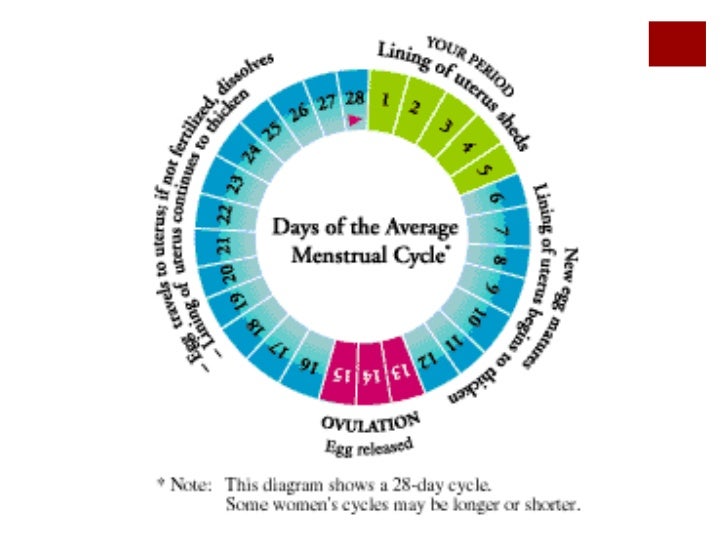
Some women have very irregular cycles or find it difficult to work out an average cycle length. This can make it hard to work out when ovulation happens. If it’s all too hard, having sex every 2-3 days covers all bases and improves your chance of getting pregnant.
Myth busting
- MYTH
A woman can get pregnant any time of the month.
- FACT
A woman can only get pregnant on a few days during her menstrual cycle.
Why?
Because eggs and sperm only live for a short time:
- Sperm live for around five days.
- Eggs can only be fertilised for around 24 hours (one day) after being released from the ovary.
Eggs and sperm need to come together at the right time for fertilisation to happen to create an embryo.
Getting the timing right
If you're trying to get pregnant, timing is everything. Dr Karin Hammarberg explains how to work out when you are ovulating and the right time to have sex to improve your chance of pregnancy.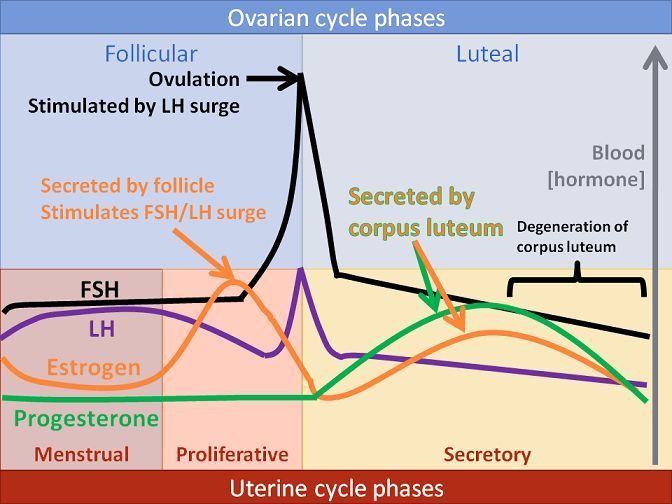
-
What are the chances?
Having sex as close as possible to the time of ovulation increases the chance of pregnancy.
If a woman has sex six or more days before she ovulates, the chance she will get pregnant is virtually zero.
If she has sex five days before she ovulates, her probability of pregnancy is about 10 percent.
If she has sex on the day of ovulation, or the two days before, the chance of getting pregnant is around 30 percent.
These are average figures and depend on a woman’s age.
When does preconception health begin?
Professor Sarah Robertson, Director of Robinson Research Institute, University of Adelaide, highlights the key time before pregnancy that your health is most important to ensure your child has the best start to life.
How to know you are ovulating
Kerry Hampton, a registered nurse and fertility specialist, discusses the importance of fertility awareness, and how to determine your fertile window to improve your chances of conceiving.
- References
- American Society for Reproductive Medicine, Optimizing natural fertility, https://www.reproductivefacts.org/news-and-publications/patient-fact-sheets-and-booklets/documents/fact-sheets-and-info-booklets/optimizing-natural-fertility/
- Berglund Scherwitzl, et al. (2015). Identification and prediction of the fertile window using Natural Cycles. The European Journal of Contraception and Reproductive Health Care, 20(5), 403-408. doi:10.3109/13625187.2014.988210
- Ecochard, R., et al. (2015). Self-identification of the clinical fertile window and the ovulation period.
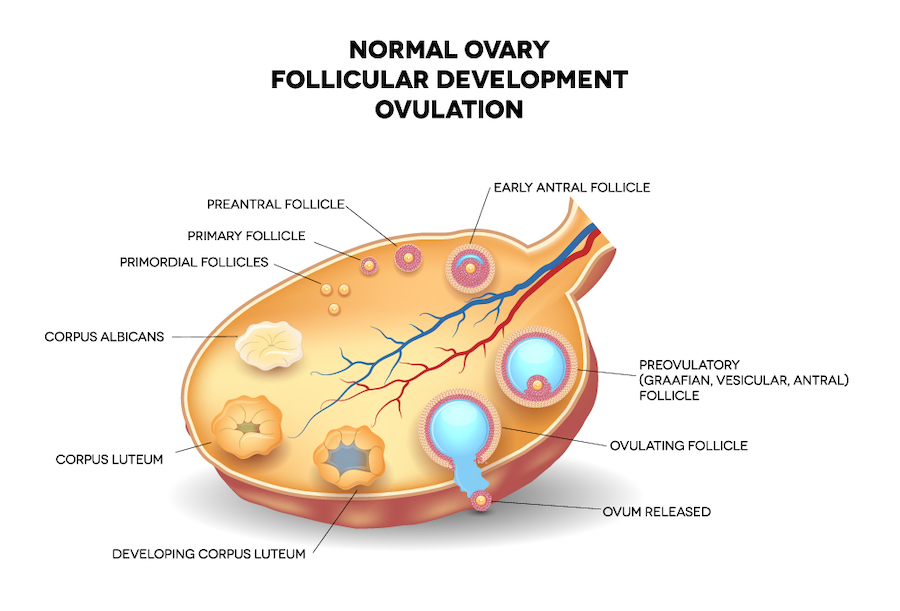 Fertility and Sterility, 103(5), 1319-1325.e1313. doi: http://dx.doi.org/10.1016/j.fertnstert.2015.01.031
Fertility and Sterility, 103(5), 1319-1325.e1313. doi: http://dx.doi.org/10.1016/j.fertnstert.2015.01.031 - Pfeifer, S., et al. (2017). Optimizing natural fertility: a committee opinion. Fertility and Sterility, 107(1), 52-58. doi: 10.1016/j.fertnstert.2016.09.029
- Stanford, J. B. (2015). Revisiting the fertile window. Fertility and Sterility, 103(5), 1152-1153. doi: http://dx.doi.org/10.1016/j.fertnstert.2015.02.015
- Stanford, et al. (2002). Timing intercourse to achieve pregnancy: current evidence. Obstetrics and Gynecology, 100(6), 1333-1341.
- Stephenson, J., et al. (2018). Before the beginning: nutrition and lifestyle in the preconception period and its importance for future health. The Lancet, 10.1016/S0140-6736(18)30311-8 doi: 10.1016/S0140-6736(18)30311-8
- Vélez, M. Pet al. (2015). Female exposure to phenols and phthalates and time to pregnancy: the Maternal-Infant Research on Environmental Chemicals (MIREC) Study. Fertility and Sterility.
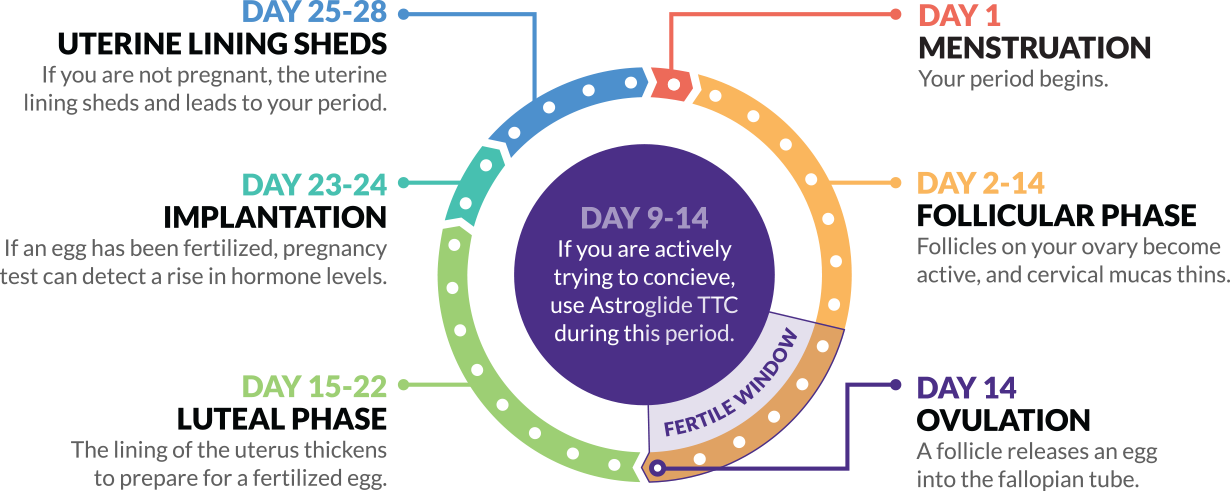 doi: 10.1016/j.fertnstert.2015.01.005
doi: 10.1016/j.fertnstert.2015.01.005 - Verón, G. L., et al. (2018). Impact of age, clinical conditions, and lifestyle on routine semen parameters and sperm kinematics. Fertility and Sterility, 110(1), 68-75.e64. https://doi.org/10.1016/j.fertnstert.2018.03.016
- Waylen, A. Let al. (2009). Effects of cigarette smoking upon clinical outcomes of assisted reproduction: a meta-analysis. Hum Reprod Update, 15(1), 31-44.
- Zenzes, M. T. (2000). Smoking and reproduction: gene damage to human gametes and embryos. Hum Reprod Update, 6(2), 122-131.
Page created on: 28/08/2018 | Last updated: 06/12/2022
How to increase your chance of getting pregnant
If you want a baby, here are five tips to increase your chance of getting pregnant.
- Know when you ovulate
Pregnancy is only possible if you have sex during the five days before ovulation or on the day of ovulation. This is called the fertile window. Having sex during the fertile window, especially the three days leading up to and including ovulation, gives you the best chance of getting pregnant.
This is called the fertile window. Having sex during the fertile window, especially the three days leading up to and including ovulation, gives you the best chance of getting pregnant.
So how do you know when you’re ovulating? It depends on the length of your menstrual cycle. It happens about 14 days before your period starts so if your average cycle is 28 days, day one is the first day of your period and you ovulate around day 14. This means your most fertile days for sex are days 12, 13 and 14.
If your average menstrual cycle is 35 days, ovulation happens around day 21 and your most fertile days for sex are days 19, 20 and 21.
If you have a shorter cycle, say 21 days, ovulation happens around day seven and your most fertile days are days five, six and seven.
Use this ovulation calculator to help you pinpoint your fertile window.
If you have an irregular cycle and can’t work out when you ovulate, having sex every two to three days should improve your chance of getting pregnant.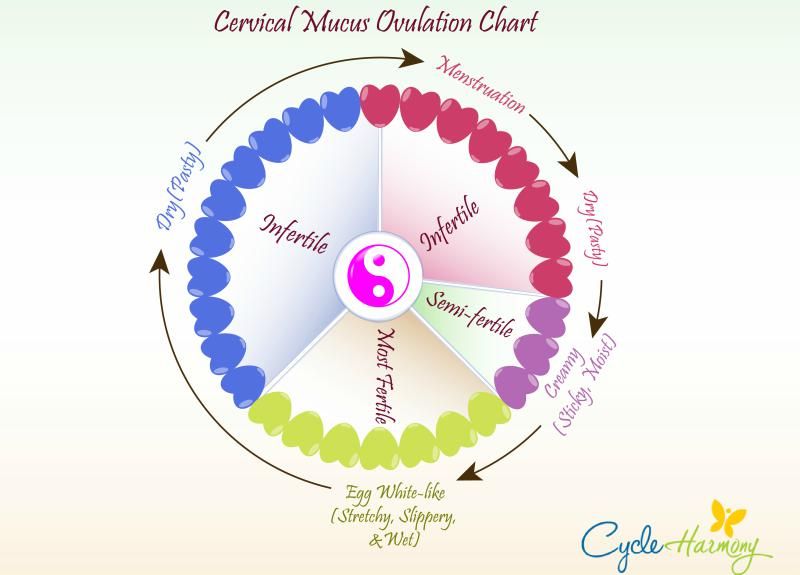
- See your GP for a preconception health check
See your GP for a preconception check-up to make sure you are as healthy as possible before trying for a baby. Your GP can also check your vaccinations are up to date so you have immunity against infections that could harm a baby. Complete our preconception health checklist and take it to your appointment.
- Eat well and exercise
For women and men, working towards a healthy weight increases the chance of pregnancy. Being in good shape will not only boost your fertility and your general health, it will also give your baby the best start in life.
Carrying extra weight can cause problems with hormone levels, which can affect the menstrual cycle, and the quality of a woman’s eggs and a man’s sperm. The good news is that making some changes, like eating healthy food and being physically active, can put you on a pathway to a healthier weight. It can be hard but losing even a few kilos can make a big difference.
It can be hard but losing even a few kilos can make a big difference.
- Look after your health
For both women and men, the lead up to pregnancy is just as important as being healthy during pregnancy. You can do this by:
• taking the right dose of folic acid and iodine (for women)
• not smoking
• cutting out alcohol and recreational drugs
• discussing the safety of any medication or complimentary therapies you are taking with your doctor
• limiting your caffeine intake
• avoiding some chemicals commonly found in the home or workplace
• making sure your vaccinations, especially German Measles (Rubella), are up to date.
- Get help if you have trouble getting pregnant
About one in six couples experience fertility problems, so if you’re aged under 35 and haven’t conceived after a year, talk to your GP about it. If you’re 35 or older, visit your GP after six months of trying without success.
Some medical conditions can affect your chance of getting pregnant including:
• polycystic ovary syndrome (PCOS)
• endometriosis
• diabetes
• cancer treatment.
If either partner has a medical condition, talk to your doctor to make sure it’s under control before trying for a baby.
Ovulation: how to calculate? | Clinic MEDEL
Eating chocolate every day can significantly lower blood pressure.
The phase of a woman's menstrual cycle when an unfertilized egg is released from the ovary, travels through the fallopian tubes and into the uterus, is called ovulation.
This is the stage of the menstrual cycle during which pregnancy can occur if the released egg is fertilized by sperm.
We'll show you how to calculate the length of your menstrual cycle to determine when you might be ovulating.
How many days after menstruation does ovulation last?
Ovulation usually occurs about 14 days before your next period. Count the number of days from the first day of your period to the day before your next period to determine the length of your cycle. Then subtract that number by 14 to determine which day after your period you will ovulate. If your average menstrual cycle is 30 days, you will ovulate 16 days after your period starts (30-14 = 16).
Count the number of days from the first day of your period to the day before your next period to determine the length of your cycle. Then subtract that number by 14 to determine which day after your period you will ovulate. If your average menstrual cycle is 30 days, you will ovulate 16 days after your period starts (30-14 = 16).
In predicting ovulation, there may be a margin of error of at least 2 days.
If you want to get pregnant, many doctors recommend having sex a few days before ovulation because sperm can live up to 5 days in a woman's reproductive tract.
When is the highest chance of getting pregnant?
The day before ovulation and on the day of ovulation. If you're trying to conceive, it's a good idea to have sex every day or every other day for a week to maximize your chance of pregnancy.
You are unlikely to get pregnant immediately after your period, although this can happen if you have an abnormally short menstrual cycle in which ovulation can occur just a few days after your period ends.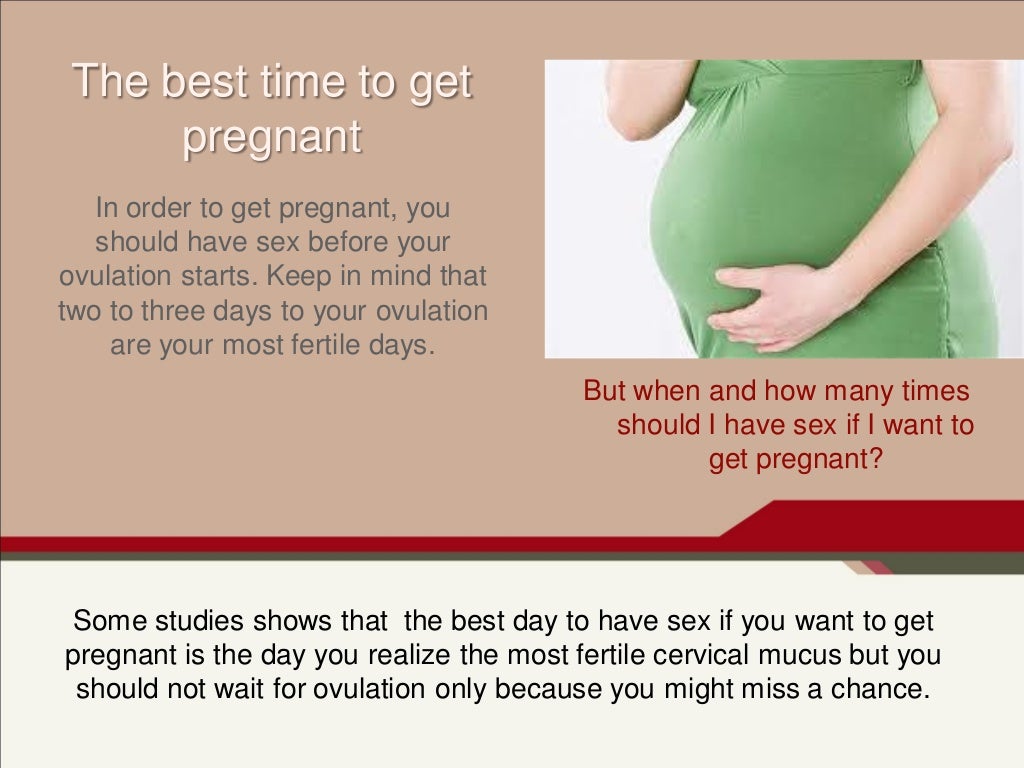
Here is an example:
First day of menstruation - January 1
The next one will start on January 31 (that is, in 30 days)
Ovulation will take place from January 17 to January 21 (10-14 days before the next period). These days are the most likely to conceive.
Keep in mind that women with irregular cycles may not be able to predict when they will ovulate because their cycle length varies from month to month. Some women with irregular cycles may ovulate immediately after their period, but this is very rare.
Articles
Return to the list
MEdel Multidisciplinary Clinic
We are waiting for you at the following addresses:
Kazan, st. Siberian tract, 34, bldg. 5
Kazan, st. Adoratskogo, d. 34L
Kazan, st. Yuliusa Fuchik, 91a
Mail: [email protected]
How to get to Kazan Clinics
Working hours:
Mon-Fri 8:00 - 20:00
Saturday 8:00 - 17:00 02 day off.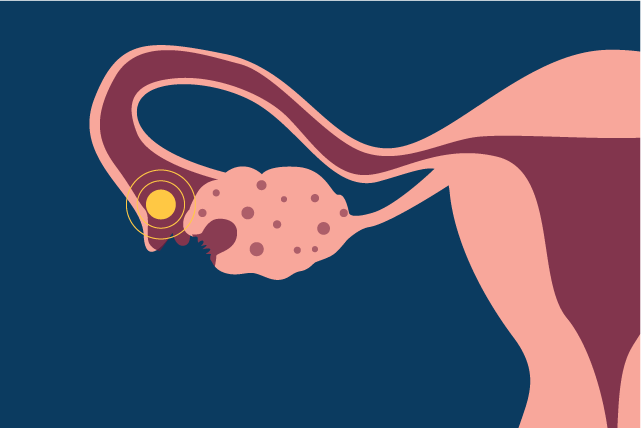
* Data processing policy
Review of the clinic Information search
Ovulation: What is it? When does it come?
- Contents
Ovulation is a phase of a woman's menstrual cycle that occurs every month. Its essence lies in the release of a mature egg, which is ready for fertilization from the ovarian follicle. At this time, the chances of getting pregnant are higher than ever.
The process when ovulation occurs depends on the hypothalamus, which regulates the work of the anterior pituitary gland. The female gamete develops in the follicle, which secretes the hormone estrogen. After maturation, a gap is obtained, and the germ cell leaves the follicle. Most often, this occurs between the 11th and 21st days of the menstrual cycle, and the likelihood of pregnancy is highest. The duration of the release of the egg from the follicle is about 1 hour and, once in the oviduct (fallopian tube), the cell retains the ability to fertilize for 3 days.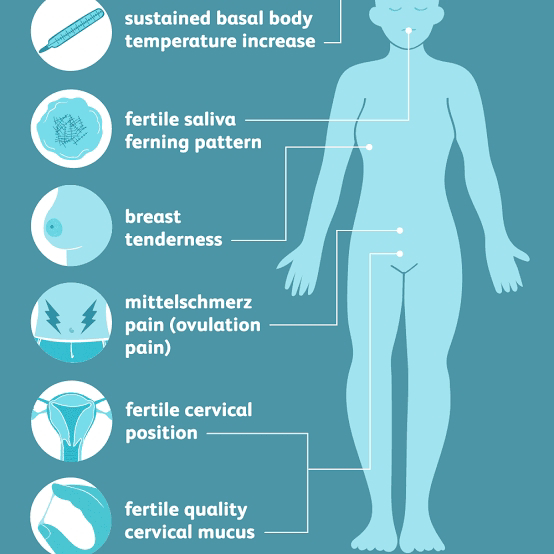
Ovulation in a woman determines the possibility of getting pregnant, so this is an important process for conception.
What are the symptoms of ovulation?
When the egg is released from the follicle, the following symptoms of ovulation appear:
- Increased vaginal discharge. They become more viscous, thicker and are considered the precursors of ovulation
- Temperature increase. The woman does not feel a slight hyperthermia, but when measuring the temperature, an increase of 0.5 degrees is noticeable
- Drawing pain. This is one of the signs of the onset of ovulation, since the process is accompanied by a spasm of small vessels and the participation of cytokines - proteins of the immune system that provide interaction between cells. Pain can be unilateral or bilateral. The pain occurs due to the ingress of fluid inside the follicle into the pelvic cavity. Pain can spread to the lumbar region, sacrum, groin, intensify with physical exertion.
 The duration of the pain attacks varies from a few minutes to 24 hours. If the soreness does not stop, this may be a sign of endometriosis, so medical attention is required
The duration of the pain attacks varies from a few minutes to 24 hours. If the soreness does not stop, this may be a sign of endometriosis, so medical attention is required - Changes in the chest. A woman feels swelling, sensitivity, increased soreness. However, if the breast becomes hot, there is redness or discharge from the nipples - this is a reason to urgently consult a doctor and do an ultrasound
- Abdominal soreness, bloating, transient cramps
- Increased sexual desire. This symptom during ovulation is observed a few days before the start of the process
- Sensitivity to smells, tastes, strong light, frequent mood changes
Signs of ovulation may occur with different intensity, depending on the individual characteristics of the female body.
How to determine ovulation?
There are several ways to calculate ovulation, such as testing and calendaring, folliculometry, and measuring basal body temperature. You can calculate your ovulation using our ovulation calendar.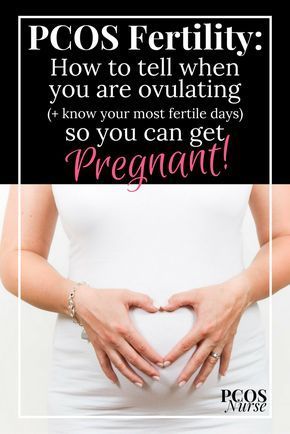
Test and scheduling
The following types of tests can be used to calculate ovulation:
- Urine . This is a special test that responds to an increase in luteinizing hormone (LH) in the urine. Such a hormonal "jump" occurs before the release of the egg, so ovulation will begin in the next day. To do this, urinate into a sterile container, lower the test strip into the liquid to the stop line, hold for about 5 seconds and remove. The result will appear in 5-10 minutes. If the test strip is pale compared to the control line, there is no increase in LH. Morning urine is not suitable for testing: it is too concentrated, and the result may be false positive.
- With saliva. There are also tests that can detect ovulation by changes in the composition of saliva. To do this, you need to put a drop of saliva on a glass slide, let it dry and examine it under a microscope. 3-5 days before ovulation, the level of estrogen and salts in saliva rises.
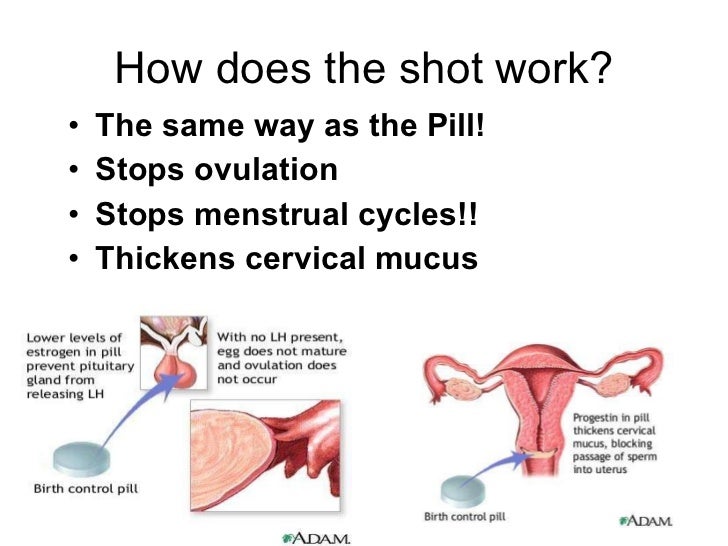 Because of this, the visible pattern resembles fern leaves.
Because of this, the visible pattern resembles fern leaves.
A woman can also keep a calendar to know when she ovulates. The method is effective only if the calendar of the menstrual cycle is maintained, and the woman knows exactly the onset and duration of menstruation. If we take into account that the cycle lasts 28 days, then ovulation occurs on the 14th day. Despite the fact that the sperm cell remains viable for 5 days, the 10-14th day of the cycle is considered the most favorable. On our website you can calculate the date of ovulation online.
However, this method of determining the day of ovulation is not effective if the woman has irregular menstruation, postpartum period and lactational amenorrhea, age over 40 years. Also, the correctness of the calculations is affected by the rejection of hormonal contraceptives or birth control pills, if very little time has passed.
Folliculometry
This is a procedure in which the activity of the ovaries is observed by means of ultrasound - the degree of maturation of the follicle from the day of the onset of menstruation.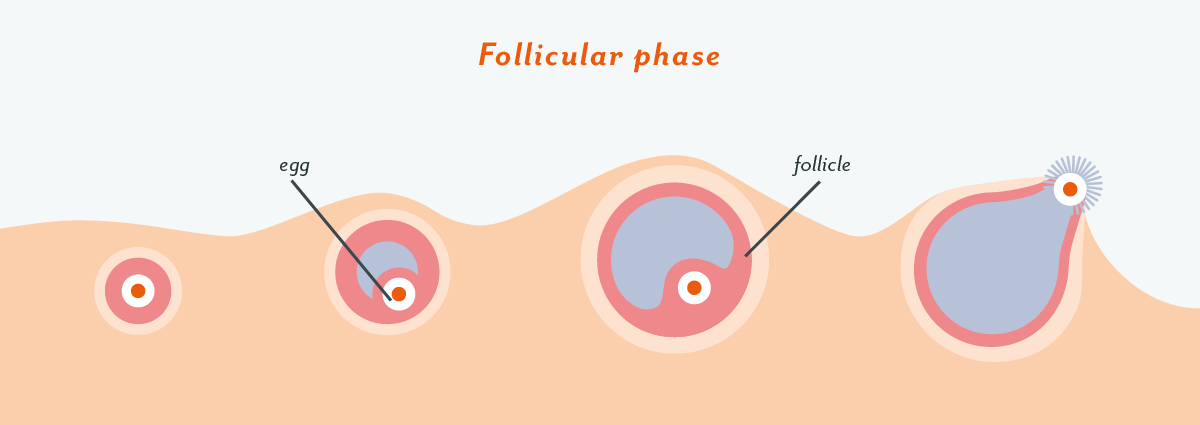 It is performed using ultrasound with two sensors on the 8-10th day, and earlier with an irregular cycle. Method allows:
It is performed using ultrasound with two sensors on the 8-10th day, and earlier with an irregular cycle. Method allows:
- identify the presence and period of ovulation for competent planning of conception and pregnancy
- determine the luteal phase by examining the characteristics of the corpus luteum
- evaluate the general hormonal background and the state of the reproductive system
Also, the procedure will help to identify pathologies that affect ovulation - a discrepancy between the state of the ovaries and uterus in a certain phase of the cycle, changes in the endometrium, impaired development of the follicle. The duration of 1 session is about 15 minutes. For girls who have not had sexual intercourse, the procedure is performed through the abdominal wall, in other cases - transvaginally.
Basal temperature measurement
Basal temperature is measured only at rest. The best time is after waking up in the morning before getting out of bed.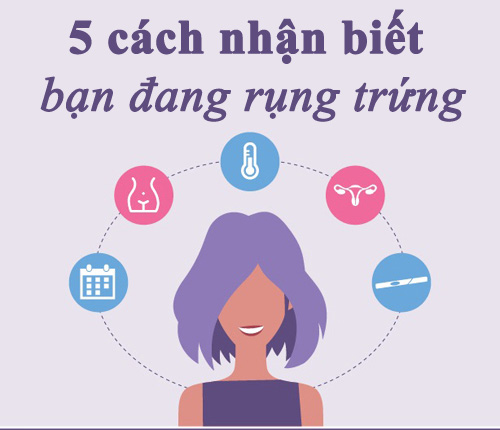 For this, the same thermometer is used, otherwise the indicators may differ. Indicators throughout the cycle are shown in the table:
For this, the same thermometer is used, otherwise the indicators may differ. Indicators throughout the cycle are shown in the table:
| Cycle phase | Index (in degrees Celsius) |
|---|---|
| First | 36.4-36.7 |
| Ovulation | 37-37.2 (maintains for 12-16 days) |
| Just before period | 36.4-36.7 |
Basal temperature is measured in three ways:
- Rectal . It should be measured after sleeping for at least 3 hours. To do this, the tip of the thermometer is lubricated with a hygienic material soluble in water and inserted into the rectum by 1 cm. Measurement time 1-3 minutes
- Oral . Before the procedure, smoking, drinking hot or cold drinks is unacceptable. The tip of the thermometer is placed in the sublingual fold, the mouth is kept closed. Measurement time - 3-5 minutes
- Vaginally .
 The thermometer is inserted into the vagina to a depth of 4-5 cm, the temperature is measured for 5 minutes
The thermometer is inserted into the vagina to a depth of 4-5 cm, the temperature is measured for 5 minutes
During ovulation, there is a sharp jump in basal temperature, indicating the release of the egg and dividing the cycle into 2 phases. Normally, the temperature difference in the first and second phases is 0.4-0.5 degrees. If the temperature is not normal and ovulation does not occur, it is important to conduct a blood test for FSH, to determine the causes of infertility, for example, posthemorrhagic anemia, which can prevent conception.
Are there "safe" days?
If the menstrual cycle lasts 28 days, then the most "safe" days are 1-9th and 18-28th. Theoretically, during this period, you can not use contraception, since 10-17 days of the cycle are considered favorable days. However, the effectiveness and accuracy of the calendar method is debatable, since its error is up to 20%, and according to the Pearl index - 9-40. Most often, to calculate "safe" days, the Ogino-Knaus method is used, which is considered using the formula:
- the beginning of fertile days is equal to the duration of the shortest of the cycles minus 18 days
- the end of the fertile period is equal to the duration of the longest cycle minus 11 days
For example, the shortest cycle for the last six months or a year is 26 days, and the longest one is 32 days.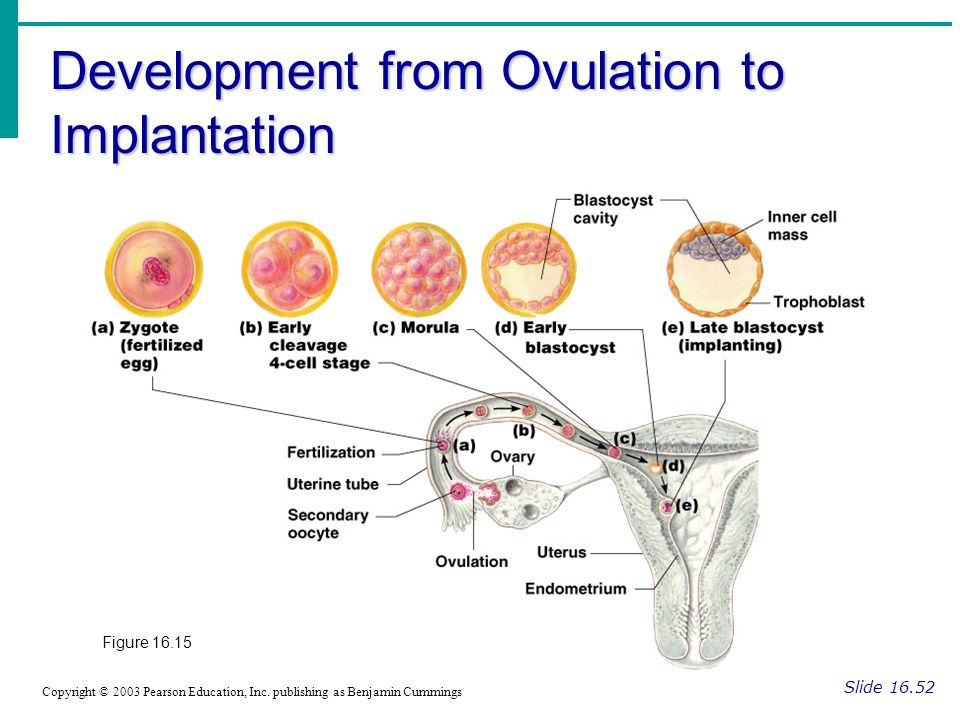 Then the fertile "dangerous" period begins on the 8th day of the cycle (26-18), and ends on the 21st (32-11). Accordingly, before the 8th and after the 21st day of the cycle - relatively "safe" days.
Then the fertile "dangerous" period begins on the 8th day of the cycle (26-18), and ends on the 21st (32-11). Accordingly, before the 8th and after the 21st day of the cycle - relatively "safe" days.
Why does anovulation occur?
Anovulation is the absence of ovulation, which occurs when the menstrual cycle is disturbed: the ovarian follicle does not rupture and the egg does not come out. There is physiological anovulation, which is observed during pregnancy and lactation, during puberty or during menopause.
Pathological reasons for the absence of ovulation are as follows:
- Pituitary and hypothalamus disorders due to malignant or benign neoplasms
- Hormonal failure. This is an increased level of prolactin, hyperandrogenism, thyroid disease
- Weight change. Causes are obesity or anorexia
- Ovarian wasting syndrome or early menopause
- Stress, psycho-emotional stress, depression
Also, ovulation does not occur with genital endometriosis, which is characterized by the growth of the endometrium in the uterus, ovaries, and vagina.